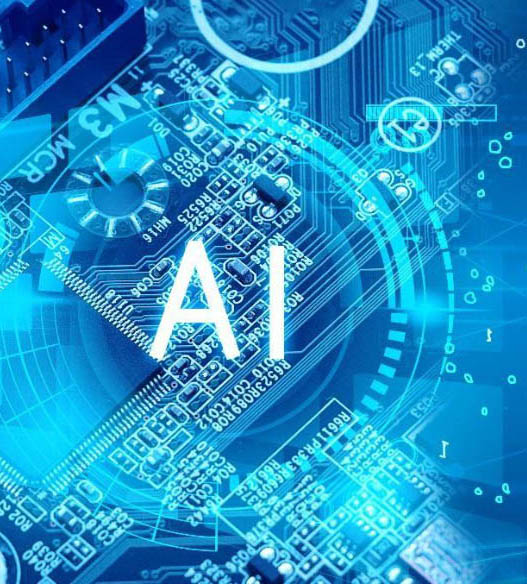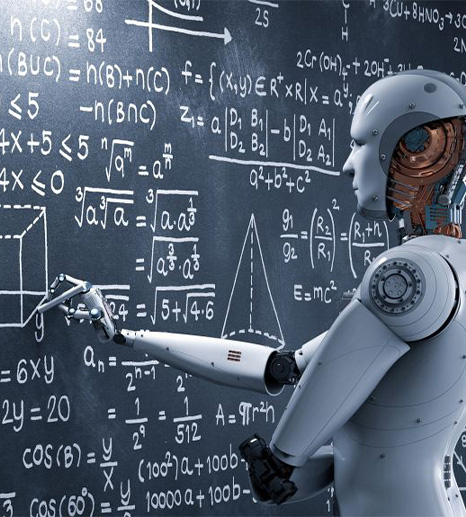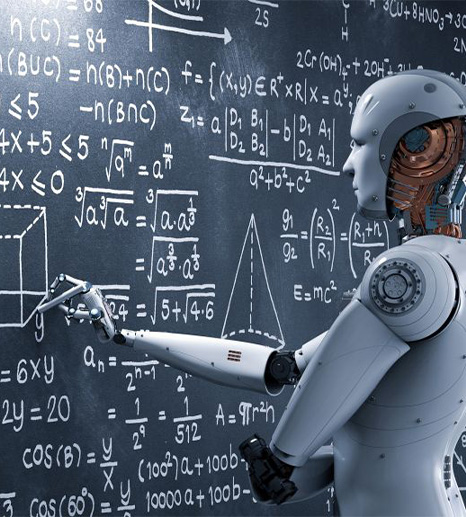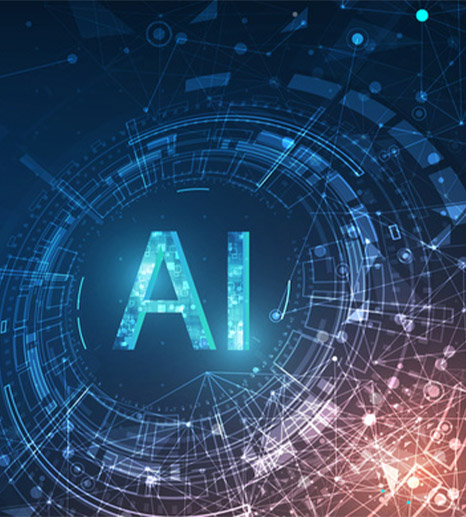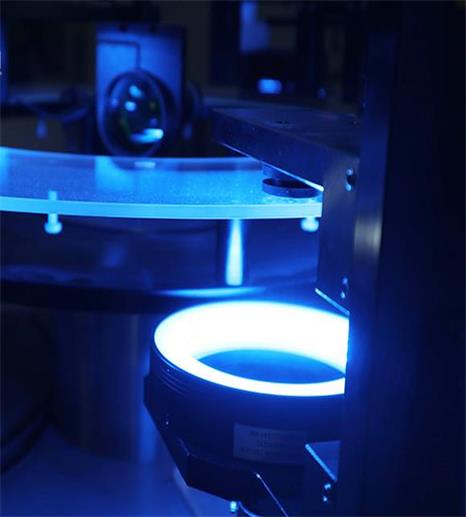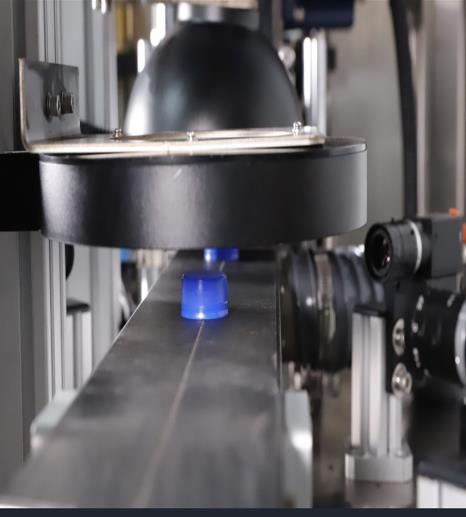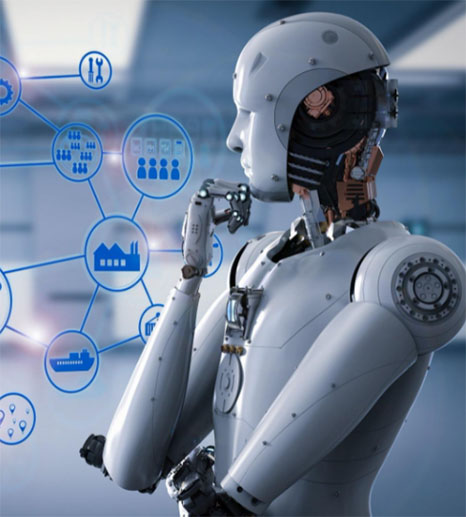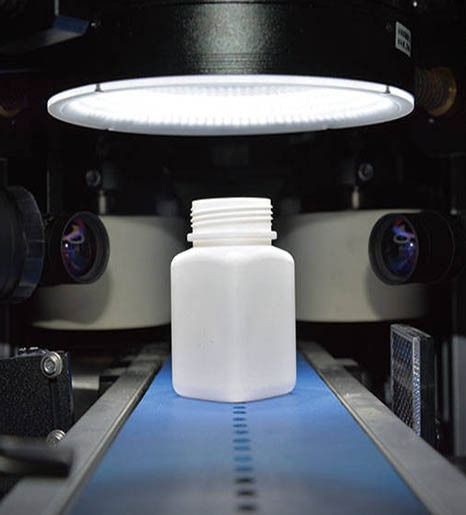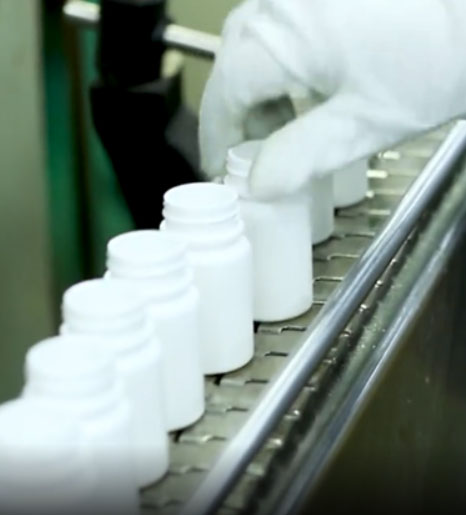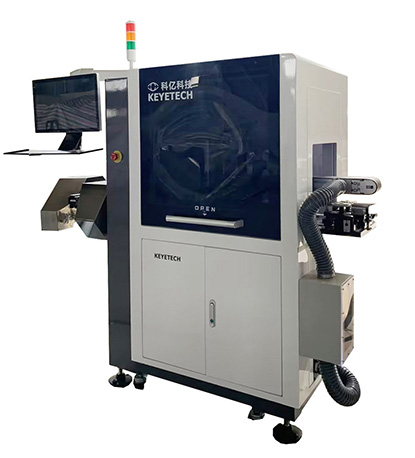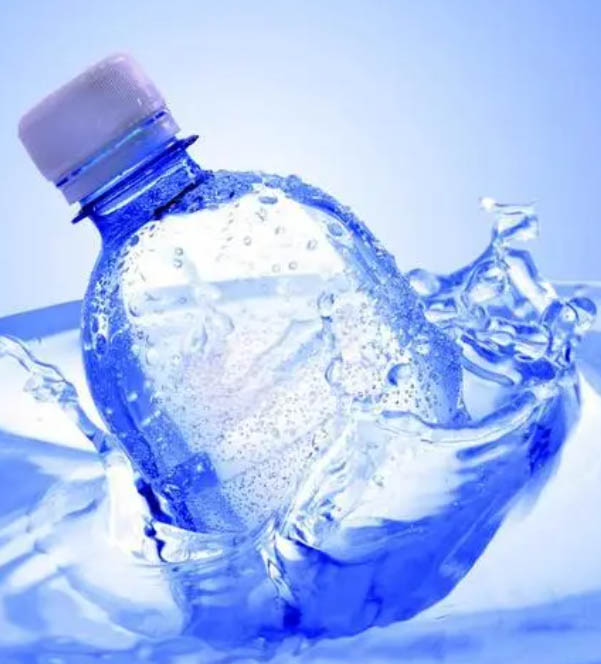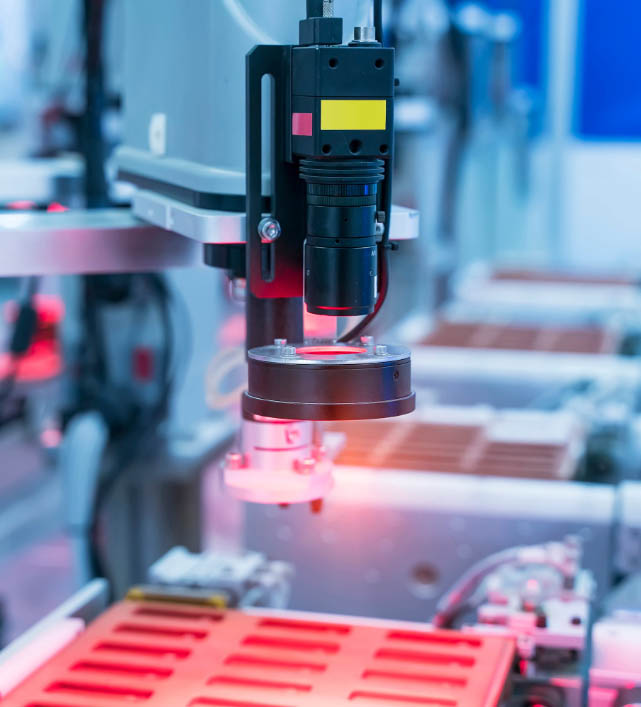3-Minute to Get Start the Comprehensive Detection Process for Bottle Caps
Aug 12, 2024
According to statistics, the growth rate of production in the beverage industry has generally remained between 10% and 20% since 2001. The robust demand in the beverage market has brought significant benefits to the bottle cap industry. According to a report by Market Research Future, it is estimated that the global cap and closure market will reach approximately $91.7189 billion by 2030, from 2022 to 2030.
For many bottle cap companies, facing such a vast market, the production lines are gradually evolving towards digitalization and informatization. Among these developments, intelligent production and processing equipment provide crucial technical support for achieving "non-destructive" and "precise" bottle caps.
Quality Inspection in the Bottle Cap Industry Needs AI EmpowermentWith the gradual development of intelligent production lines in bottle cap companies, the demand for machine vision technology has become increasingly common.
During the production process of bottle caps, defects such as black spots, gaps, flash, and deformation are inevitable. Relying on manual inspection or traditional visual inspection makes it challenging to meet the ever-growing quality demands of businesses. Small scratches or tiny gaps on the caps are often hard to detect. During the manual inspection process, it is time-consuming and costly, yet it often fails to meet detection standards. This directly results in inconsistent product quality upon delivery, leading to low efficiency. Therefore, the AI-powered quality inspection has become an inevitable trend for businesses to save costs and improve productivity.
AI Empowerment Makes Bottle Cap Inspection More EfficientAlthough bottle caps are small, they play a crucial role in food and beverage packaging. They not only make products easier to carry and prevent direct exposure to external air but also act as "taste guardians" in the realm of carbonated drinks—ensuring that carbon dioxide does not escape. Consequently, detecting defects on caps is especially important, as the quality of inspection directly impacts the quality of subsequent beverage filling processes.
Bottle caps produced by injection molding machines inevitably exhibit defects such as black spots, color differences, impurities, threads, sealing rings, broken rings, gaps, flash, burrs, deformation, dimensions, gaskets, inner seals, mold numbers, etc. The severity of these flaws can vary, and they may appear on different parts of the cap, such as the sides, top, or concave areas. Therefore, relying on manual vision inspection alone can easily lead to missed or incorrect detection.
KeyeTech employs AI image vision inspection tailored to product characteristics and customer detection requirements, creating customized inspection plans. Before testing, samples of bottle caps are collected, labeled, and utilized to optimize training models. Based on actual customer needs, algorithm deployment models are established. During the inspection process, uniform lighting and industrial cameras capture and identify the external appearance, while the software system classifies and makes decisions.
When a bottle cap enters the inspection area through a cap feeding device, the light source and camera are triggered to capture and identify it. The software system will classify and decide on the cap based on the trained model. If a non-conforming product is detected, it will show "NG" (not good) and issue a removal command; if it is a conforming product, it will display "OK" and count it for sorting into boxes.
Quality determines the development of a company, and good product quality enhances corporate efficiency. KeyeTech is committed to implementing AI to ensure quality for enterprises, becoming a guardian of quality in specialized industries.
